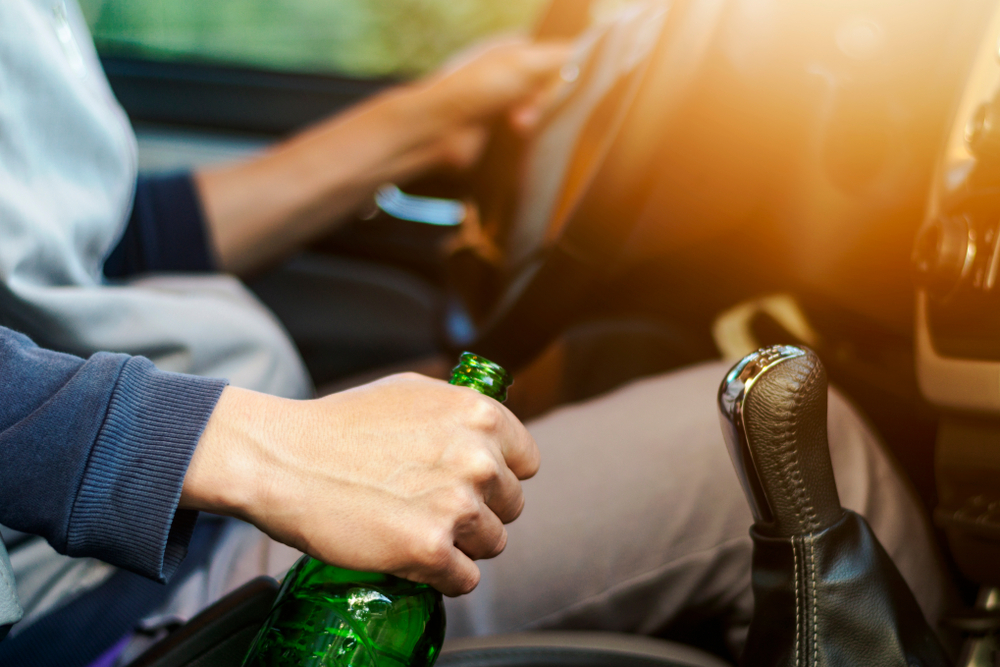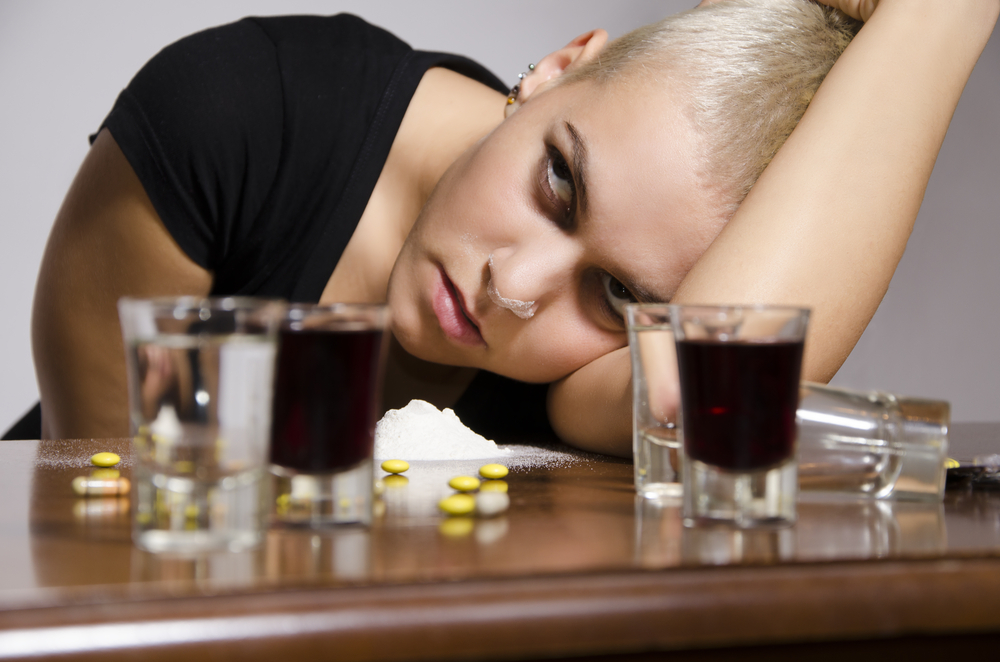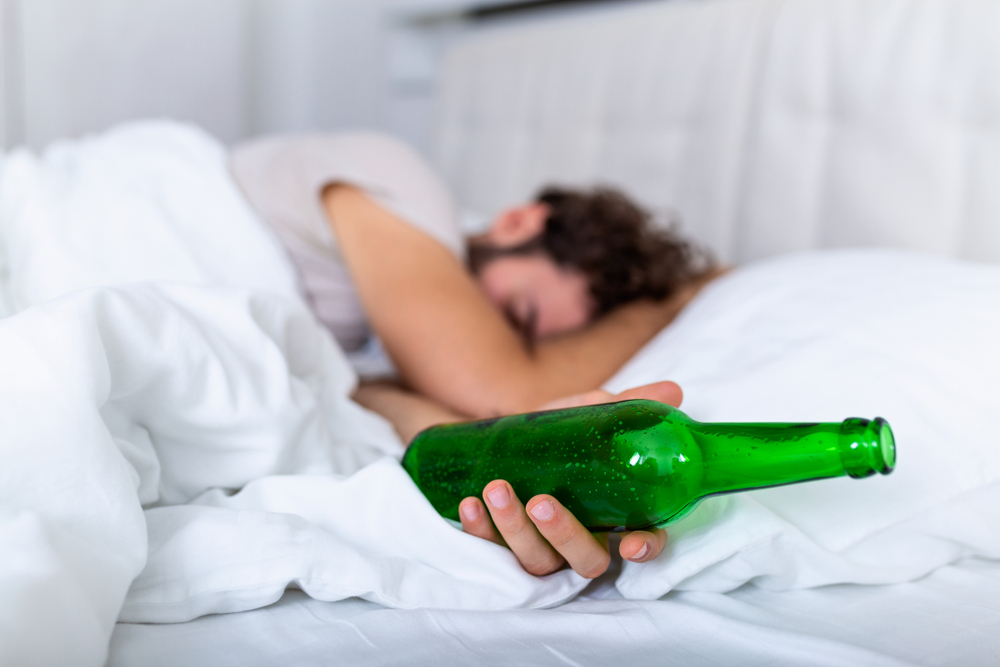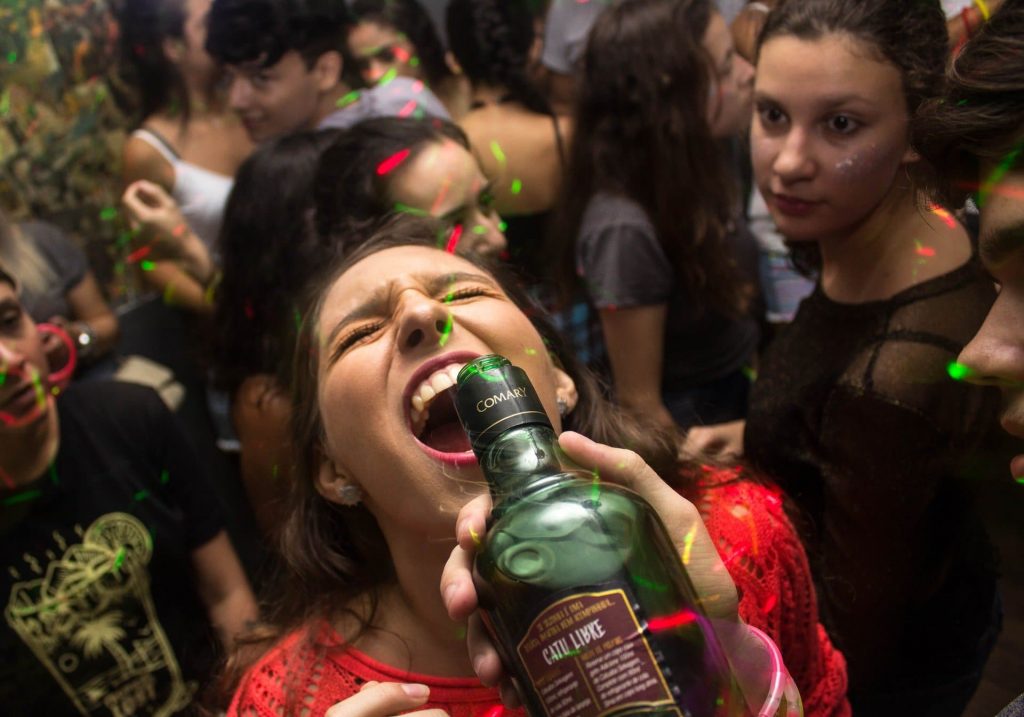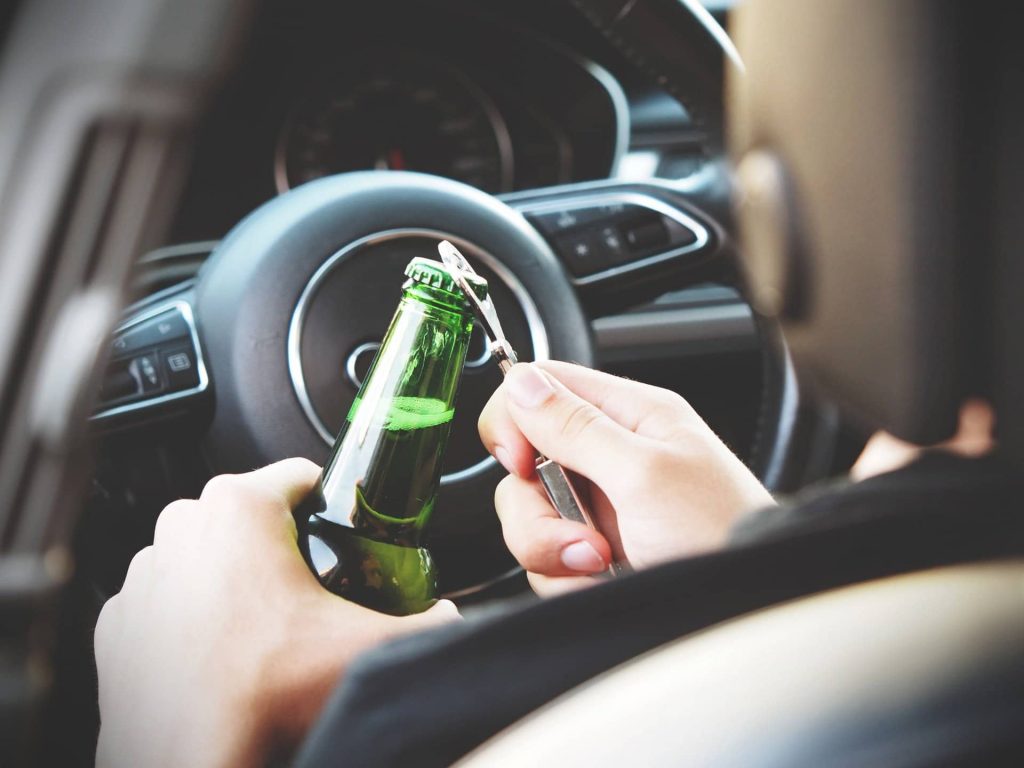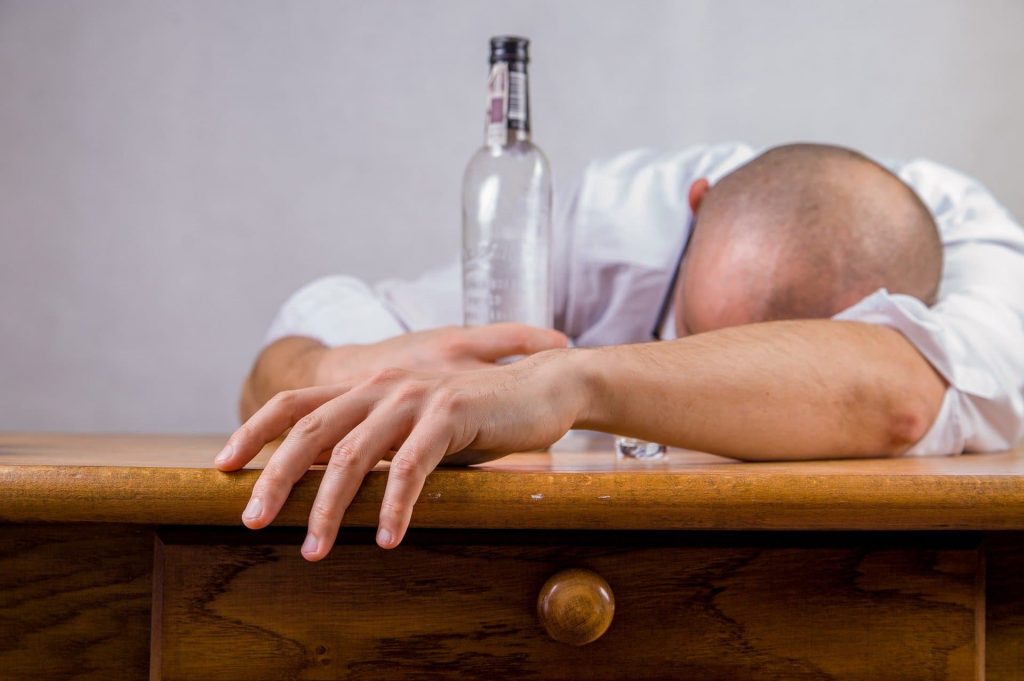Alcohol Awareness: America's Most Deadly Drug?
Alcohol is legal and widely available in many parts of the world, including the US. It is a socially accepted drug, often consumed during social gatherings, celebrations, and even casually. However, despite its legality and widespread use, alcohol can indeed be very harmful, both to individuals and society as a whole. This article will spread alcohol awareness as it is consistently a leading cause of death in the United States.
According to NIAAA, over 140,000 people died due to alcohol-related issues between 2015 and 2019. And the deaths skyrocketed in the wake of the pandemic. Going by the numbers, alcohol is one of the leading preventable causes of death in the US, only after illegal drugs, physical inactivity, poor diet, and tobacco. Despite this, alcohol misuse remains a significant public health concern, often overshadowed by the spotlight on other substances like illegal drugs and opioids.
The opioid crisis has rightfully garnered attention in recent years. But it may come as a surprise to many that alcohol-related fatalities often surpass those caused by opioids in certain regions. This stark reality underscores the urgent need for increased awareness and action surrounding alcohol misuse.

Understanding the Dangers of Alcohol Misuse
Alcohol doesn't attract consistent attention as a deadly drug because it's socially acceptable, legal, and readily available. As a matter of fact, it's deeply ingrained in many cultures and is often celebrated as a staple of social gatherings and festivities. However, this widespread acceptance belies the significant dangers associated with alcohol misuse.
Psychological Impacts
Physiologically, alcohol is a central nervous system depressant that affects virtually every organ in the body. Upon consumption, it quickly enters the bloodstream and travels to the brain, where it alters brain function, causing changes in mood, behavior, and cognition. In moderate doses, these effects may manifest as feelings of relaxation or euphoria. However, when you drink alcohol in excessive amounts it can cause profound impairment, leading to slurred speech, impaired judgment, and loss of coordination.
Impact on Physical Health
Beyond its immediate effects, long-term alcohol misuse can have devastating consequences on physical health. It can lead to liver disease, including cirrhosis, fatty liver, alcoholic and hepatitis and contribute to cardiovascular problems such as hypertension, cardiomyopathy, and stroke. Additionally, prolonged alcohol misuse can damage the pancreas, weaken the immune system, and increase the risk of certain types of cancer.
- Cancer: Alcohol consumption can damage DNA and interfere with the body's ability to repair damaged cells. This may contribute to the formation of cancerous tumors in the mouth, throat, esophagus, liver, breast, and colon.
- Dementia: Excessive alcohol consumption can lead to brain damage, including shrinkage of brain tissue and impaired cognitive function, ultimately increasing the risk of conditions such as Alzheimer's disease and vascular dementia.
- Cardiovascular symptoms: Excessive alcohol consumption can raise blood pressure, weaken the heart muscle, and disrupt the normal functioning of the cardiovascular system, increasing the risk of cardiovascular disease.
- Immune suppression: Alcohol disrupts the production and function of immune cells, impairing the body's ability to defend against pathogens. This can increase the risk of infections like pneumonia, tuberculosis, and HIV/AIDS, as well as slower recovery from illness and injury.
- Alcohol poisoning: This is a severe and potentially life-threatening consequence of excessive alcohol consumption, characterized by dangerously high levels of alcohol in the bloodstream that overwhelm the body's ability to metabolize it. It mostly happens during binge drinking and needs immediate medical attention to prevent coma or death.
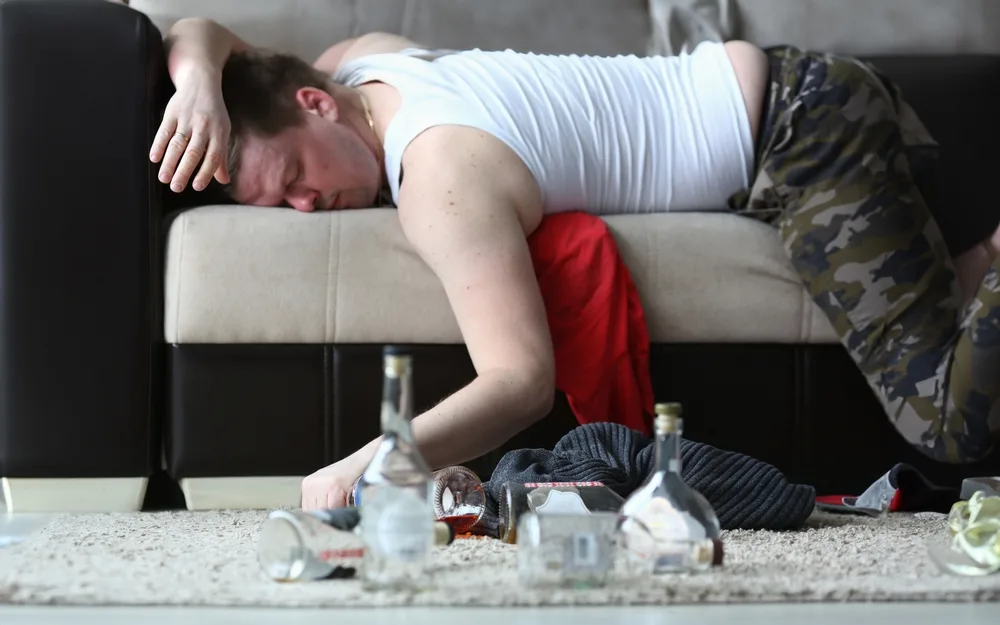
Mental Health Impact
Alcohol misuse has far-reaching implications for mental and emotional well-being. It increases the risk of depression, anxiety, and other mood disorders and exacerbates pre-existing mental health conditions like post-traumatic stress disorder. Alcohol also impairs cognitive function, leading to memory problems, difficulty concentrating, and decreased overall cognitive performance.
Impaired Judgment
Perhaps most alarmingly, alcohol misuse is a significant contributor to preventable injuries and fatalities. Impaired judgment and coordination make individuals more susceptible to accidents, falls, and motor vehicle collisions. According to the Centers for Disease Control and Prevention (CDC), alcohol-impaired driving accounts for almost one-third of all traffic-related deaths in the US each year, claiming thousands of lives and causing countless injuries.
Social Economic Impact
Alcohol misuse doesn't just affect the person using and their loved ones, but the entire society as a whole. The economic costs associated with alcohol-related healthcare expenses, lost productivity, and criminal justice system involvement are staggering, amounting to billions of dollars annually. According to a systematic review, alcohol accounts for 0.45% to 5.44% of GDP.
Seeking Help for Alcohol Addiction
The stigma surrounding alcohol addiction often prevents people from seeking the help they need. Society's misconceptions and judgmental attitudes towards addiction can cause feelings of shame, embarrassment, and isolation for those struggling with alcohol dependence.
However, it's essential to recognize that addiction is not a moral failing. It is a medical condition and seeking help is a brave and crucial step toward recovery. Professional alcohol addiction treatment provides individuals with a range of customized treatment options to help them overcome their AUD and regain control of their lives. These include:
Medical Detoxification
Medical detoxification involves supervised withdrawal from alcohol under the care of medical professionals. It helps manage withdrawal symptoms like nausea and vomiting, seizures, delirium tremens, etc., safely and may include the use of medications to alleviate discomfort and reduce the risk of complications.
Behavioral Therapy
Behavioral therapy aims to modify attitudes and behaviors related to alcohol use, helping individuals develop coping strategies and skills to abstain from alcohol. Contingency management, cognitive-behavioral therapy, and motivational interviewing are common approaches used in alcohol addiction treatment.

Medication-Assisted Treatment (MAT)
MAT combines behavioral therapy with medications to address alcohol dependence. Medications such as naltrexone, acamprosate, and disulfiram can help reduce cravings, alleviate alcohol withdrawal symptoms, and discourage relapse by blocking the rewarding effects of alcohol or inducing unpleasant reactions if alcohol is consumed.
Support Groups
Support groups like Alcoholics Anonymous (AA) provide peer support, encouragement, and accountability to individuals in recovery. These groups follow a 12-step program, offering a safe space for seeking guidance, sharing experiences, and fostering community.
Family Therapy
Family therapy involves the participation of family members in the treatment process to address interpersonal conflicts, improve communication, and support the individual in recovery. It helps repair relationships strained by alcohol addiction and promotes a supportive home environment conducive to long-term sobriety.
Holistic Therapies
Holistic therapies, such as mindfulness meditation, yoga, art therapy, and acupuncture, complement traditional treatment approaches by addressing the physical, emotional, and spiritual aspects of recovery. These therapies promote relaxation, stress reduction, and overall well-being, enhancing the effectiveness of alcohol addiction treatment.
Aftercare Planning
Aftercare planning is crucial for maintaining sobriety after completing formal treatment. It involves developing a personalized plan that may include ongoing therapy, participation in support groups, regular medical check-ups, and healthy lifestyle changes to support long-term recovery from alcohol addiction.
More Than Rehab offers comprehensive substance use disorder treatment in a safe and comfortable environment. If you or someone close to you is struggling with AUD, we can help. Give us a call today to learn more. We are available 24/7, 365 days a year.


